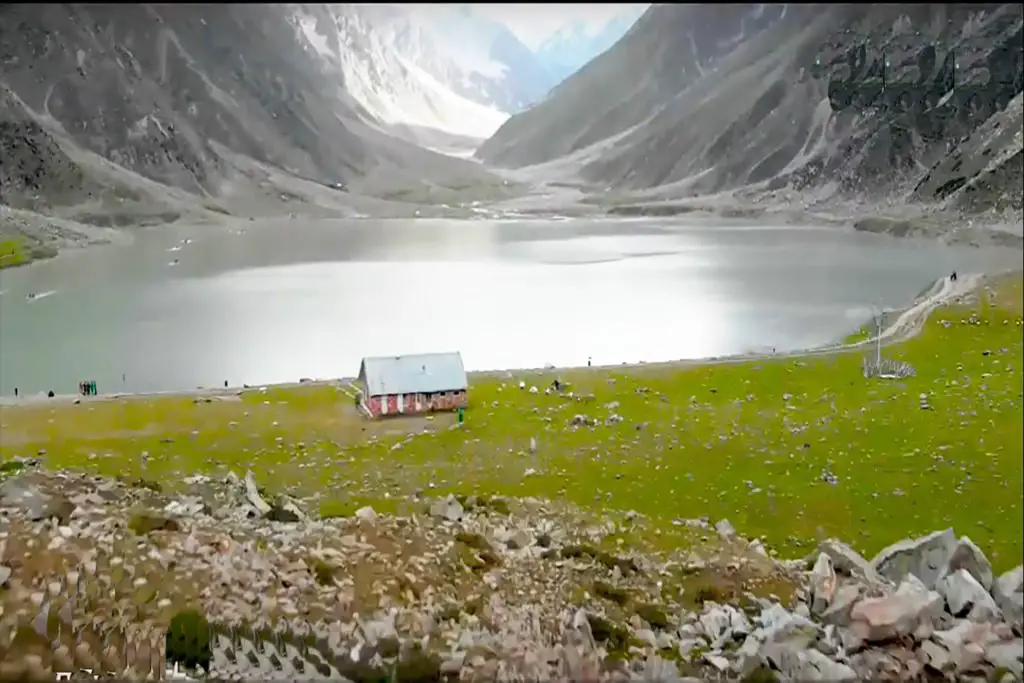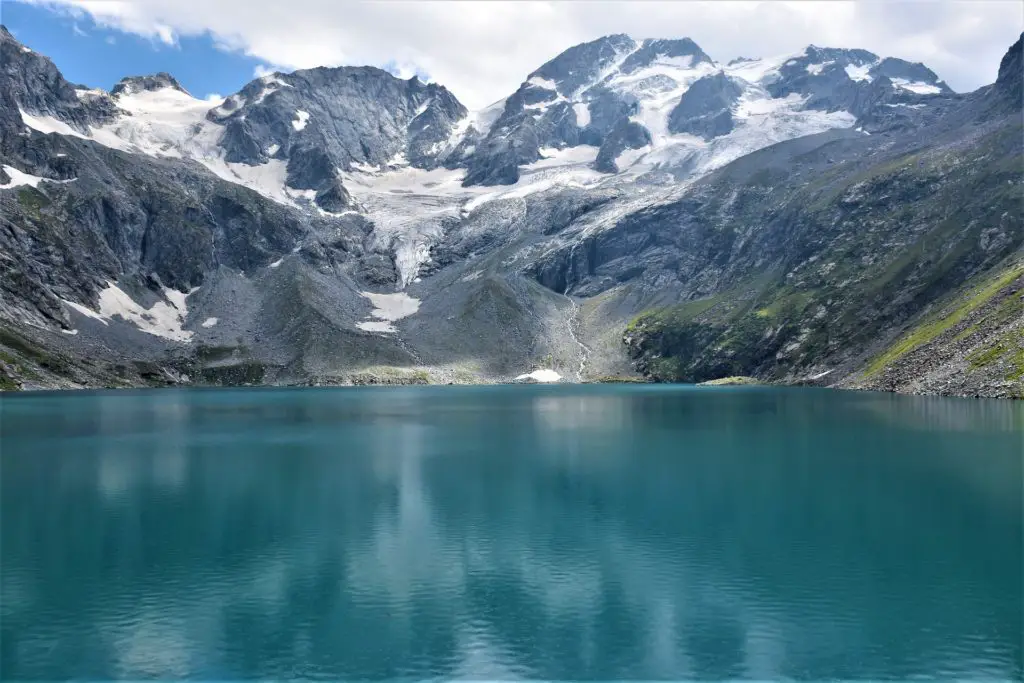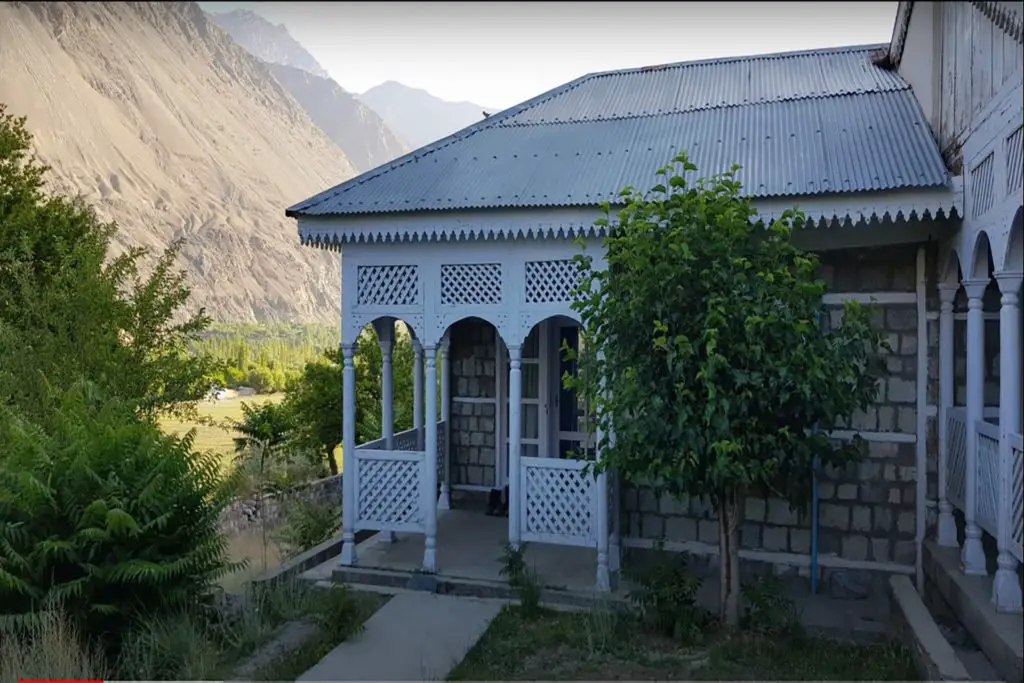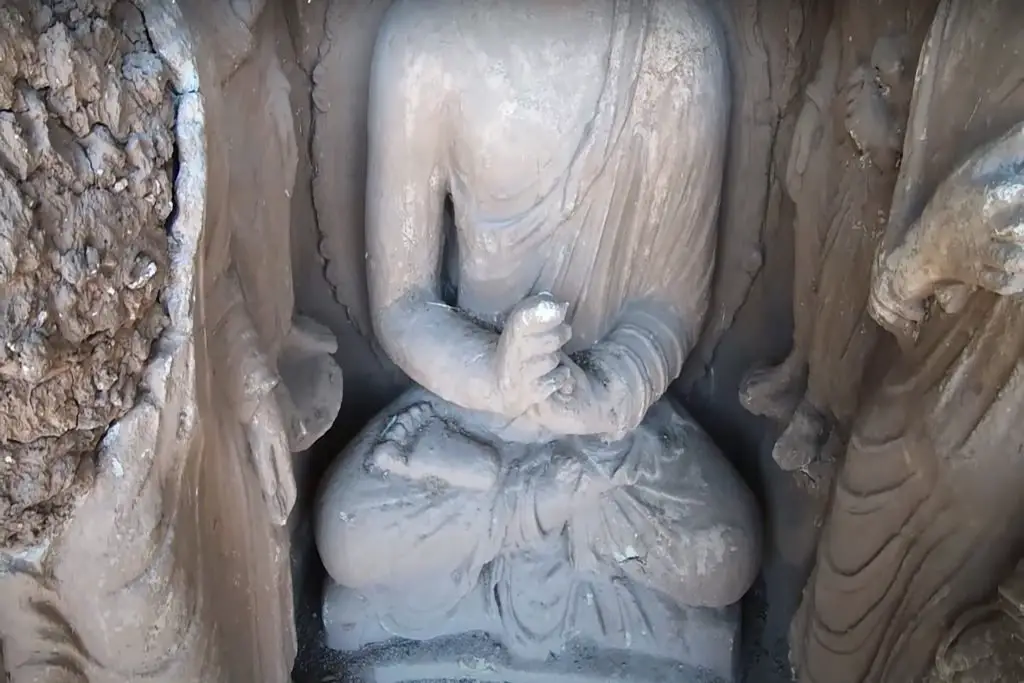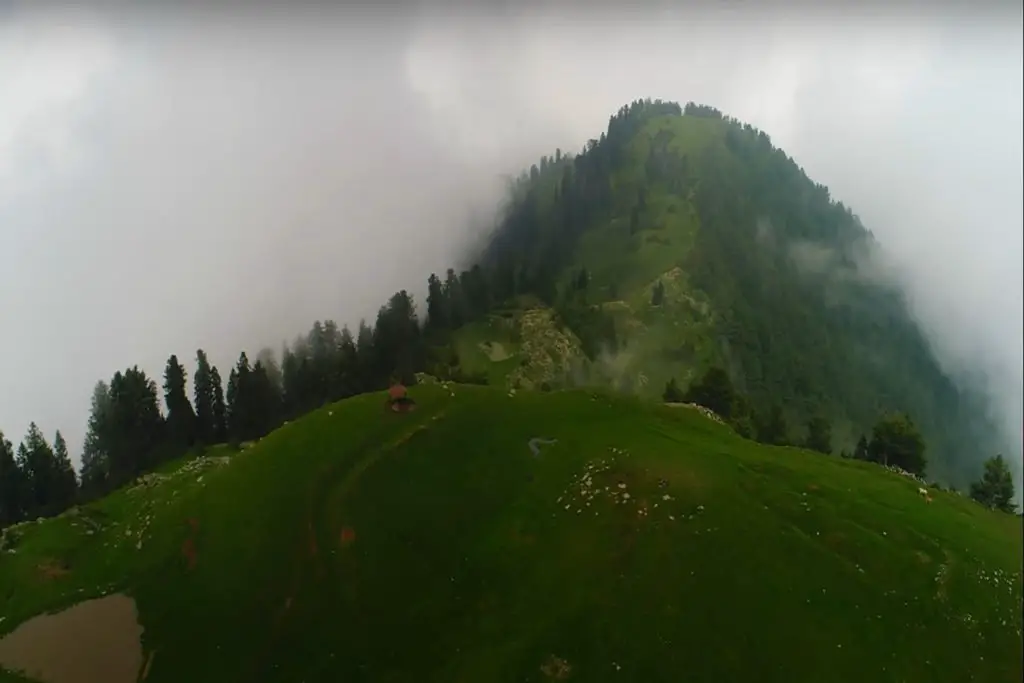The Khyber Pass, also known as the Bab e Khyber, is a historic gateway located in the town of Jamrud in Khyber Pakhtunkhwa province of Pakistan. The gate marks the entrance to the famous Khyber Pass, which connects Pakistan with Afghanistan through the Hindu Kush mountain range.
The Khyber Pass Gate is a historic gateway located in the town of Jamrud, in the Khyber Agency of Pakistan. It is situated at the entrance of the Khyber Pass, a mountain pass that connects Afghanistan and Pakistan, and has played a significant role in the region’s history and culture for centuries.
Who Built Khyber Pass?
The Khyber Pass gate was built by the Mughal Emperor Akbar in the 16th century. It was constructed as part of a larger network of forts and gates along the Khyber Pass to control the movement of people and goods through the pass. The gate was strategically positioned to keep watch over the pass and to defend against possible attacks from the north-west.
The gate was made of bricks and mud and was later rebuilt in stone by the British in the 19th century. It comprises two massive pillars with a central archway and is adorned with intricate Mughal-style carvings and calligraphy. The gate is a remarkable example of Mughal architecture and engineering and is considered an important historical monument in Pakistan.
The Bab-e-Khyber gate has witnessed many significant events in history. It has been the site of numerous battles and conflicts, including the famous Siege of Jamrud in 1837, during which the Sikh forces under the command of Hari Singh Nalwa successfully defended the gate against an Afghan attack. The battle is considered a turning point in the history of the region and cemented the Sikhs’ hold on the Khyber Pass.
The Khyber Pass gate has also been a witness to the movements of various armies and traders through the pass. It was a crucial gateway for the British during their rule in India and played an important role in the Anglo-Afghan Wars of the 19th century. The gate also saw the movement of Afghan refugees during the Soviet occupation of Afghanistan in the 1980s.
Today, the Bab-e-Khyber gate is a popular tourist destination and attracts visitors from all over the world. The gate has been beautifully restored and is well-preserved. It offers stunning views of the surrounding mountains and valleys and provides a glimpse into the history and culture of the region.
Visitors can explore the gate’s architecture and learn about its history at the on-site museum. The museum showcases artifacts and exhibits related to the gate’s construction, history, and significance. There are also guided tours available that take visitors through the gate and the surrounding areas.
History of Bab-e-Khyber Jamrud
The history of the Khyber Pass dates back to ancient times. The pass was a part of the Silk Road trade network that connected China and Europe. Traders used the pass to transport goods such as silk, spices, and precious metals from one region to another. The pass was also a crucial gateway for the movement of armies, conquerors, and invaders.
The Khyber Pass has been an important trade and travel route for centuries. The pass has been used by armies, traders, and travelers for centuries to travel between South Asia and Central Asia. The gateway was constructed during the reign of Mughal Emperor Akbar in the 16th century. The Mughal rulers considered the Khyber Pass to be a vital strategic route and built Bab-e-Khyber Jamrud to control the movement of people and goods through the pass.
The gateway was made of stone and bricks and had a wooden gate that could be closed to prevent unauthorized entry. The gate was guarded by soldiers to ensure the safety of travelers and to prevent any potential attacks. The Bab-e-Khyber Jamrud became a symbol of the Mughal Empire’s power and control over the region.
In the 18th century, the Khyber Pass or Bab-e-Khyber Jamrud became the site of several battles between the Mughals and the Pashtun tribes. The Pashtuns, who inhabited the mountainous region around the Khyber Pass, were known for their fierce independence and resistance to foreign rule. The Pashtuns launched several rebellions against the Mughals, and Bab-e-Khyber Jamrud became a site of conflict.
In the 19th century, the British Empire took control of the region and the gateway. They made several modifications to the gate, including the installation of a clock tower and the construction of barracks for soldiers. The British used the Khyber Pass and Bab-e-Khyber Jamrud to launch expeditions into Afghanistan and to maintain their control over the region.
Significance of Bab-e-Khyber Jamrud
The Bab-e-Khyber gate is not only a symbol of historical and cultural significance but also a vital economic and strategic gateway. The Khyber Pass is a major trade route between Afghanistan and Pakistan and is an essential lifeline for the people of the region. The gate remains a vital checkpoint for goods and people passing through the pass and is an important link between the two countries.
Bab-e-Khyber Jamrud is not only a historical landmark but also a symbol of the rich cultural heritage of the region. The gateway has played an important role in the history of the region, serving as a strategic point for armies and traders. It has witnessed the rise and fall of empires and the struggle of the Pashtuns for independence.
The gateway is also a testament to the architectural and engineering skills of the Mughal Empire. The use of stone and bricks to construct the gate reflects the skill and craftsmanship of the builders. The clock tower and the barracks added by the British provide an insight into the colonial era and the role played by the British in the region.
Bab-e-Khyber Jamrud is also an important tourist attraction in the region. The gateway provides a stunning view of the surrounding landscape, and tourists can learn about the history of the region by visiting the gate and the nearby museum. The gateway is visited by thousands of tourists every year, making it an important source of revenue for the local economy.
Khyber Pass – A Historical Gateway
Bab-e-Khyber Jamrud is a historic gateway that reflects the rich cultural heritage of the region. The gateway has witnessed the rise and fall of empires, the struggle of the Pashtuns for independence, and the role played by the British in the region. The Bab-e-Khyber Jamrud is not only a historical landmark but also an important tourist attraction that provides a glimpse into the history and culture of the region. It is a must-visit destination for anyone interested in history and architecture.
Khyber Pass – A Vital Route for Trade and Transportation
It is a vital trade and transportation route that connects Afghanistan and Pakistan and has played a significant role in the region’s history and culture for centuries.
The Khyber Pass is around 33 miles long and is situated at an elevation of approximately 3,500 feet (1,070 meters) above sea level. The pass is surrounded by rugged mountains and valleys, making it a challenging terrain to navigate. The pass has been used as a trade route for centuries and has been a vital link between South Asia and Central Asia.
Throughout history, the Khyber Pass has been a site of numerous battles and conflicts. The pass was an important strategic location and was coveted by various empires and armies. It has been the site of many battles, including the famous Battle of Khyber in 627 AD, where the Muslims, under the leadership of Prophet Muhammad (peace be upon him), successfully defeated the Jewish tribes of the region.
In the 16th century, the Mughal Emperor Akbar built a network of forts and gates along the pass to control the movement of people and goods. The Bab-e-Khyber gate, located at the entrance of the pass, was a crucial checkpoint for the Mughal Empire and later for the British during their rule in India.
During the British rule in India, the Khyber Pass played a significant role in the Anglo-Afghan Wars of the 19th century. The pass was an important supply line for the British forces in Afghanistan, and it saw several battles and skirmishes between the British and the Afghan tribes. The British built a railway line through the pass to facilitate transportation of goods and people.
Today, the Khyber Pass remains a vital transportation and trade route between Afghanistan and Pakistan. It is a crucial lifeline for the people of the region and is used to transport goods such as food, clothing, and construction materials. The pass is also an important route for the movement of people, including refugees and traders.
Popular Tourists Destination
The pass is not only a vital trade and transportation route but also a popular tourist destination. Visitors from all over the world come to explore the pass’s rugged terrain and learn about its history and culture. The pass offers stunning views of the surrounding mountains and valleys and provides a glimpse into the daily lives of the people who live in the region.
Tourists can explore the Bab-e-Khyber gate, which is a famous landmark of the pass, and learn about its history and significance. The gate is a stunning example of Mughal architecture and engineering and is considered an important historical monument in Pakistan. Visitors can also hike along the pass and explore the surrounding areas.
The Khyber Pass is a region that is rich in culture and history. The people of the region are hospitable and friendly, and visitors are welcomed with open arms. The pass is a testament to the resilience and strength of the people who live in the region and continues to play a vital role in the economic and social development of Afghanistan and Pakistan.
In conclusion, the Bab-e-Khyber gate is a remarkable historical monument that reflects the region’s rich cultural and historical legacy. It has stood the test of time and has witnessed many significant events in history. Today, it stands as a symbol of the region’s resilience and strength and continues to attract visitors from all over the world. Its beauty and significance make it a must-visit destination for anyone interested in history and culture.

